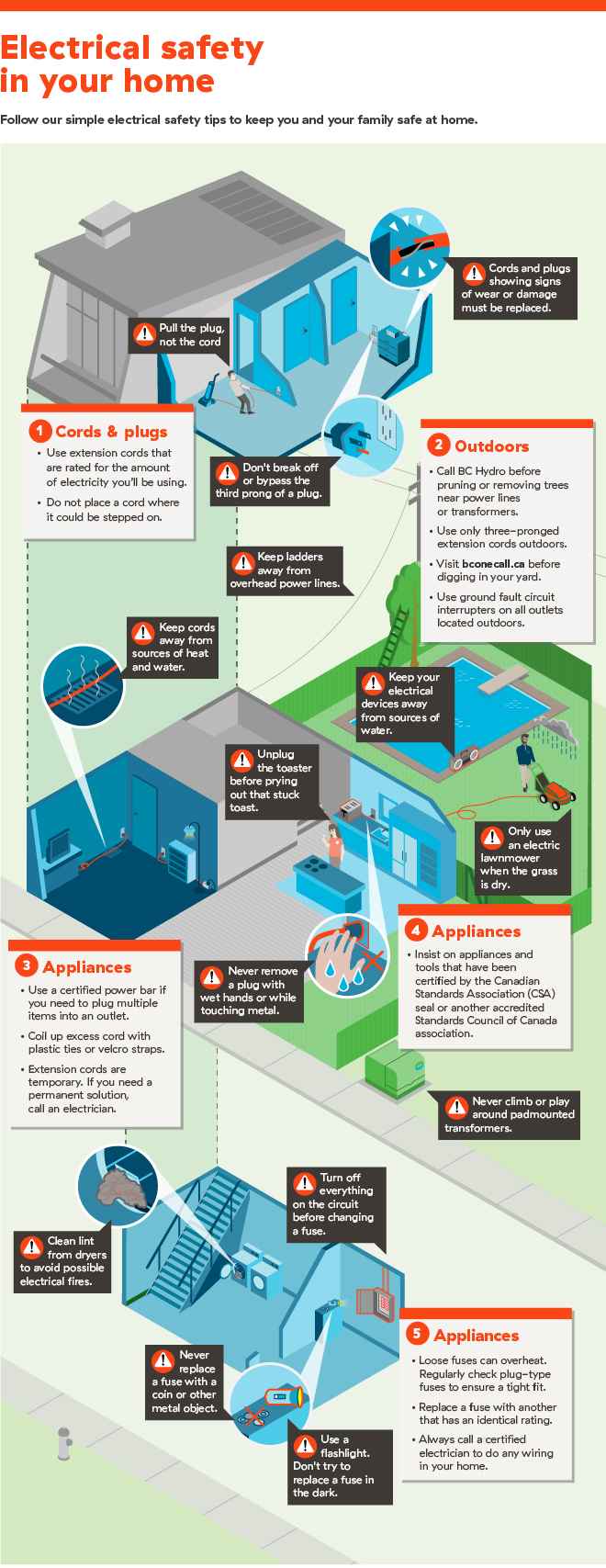Clues That Suggest Tree Elimination: Exactly How To Spot Hazardous Trees
Clues That Suggest Tree Elimination: Exactly How To Spot Hazardous Trees
Blog Article
Content By-Vogel Connell
When it concerns tree treatment, recognizing the signs that it's time for removal is essential for your security and property. You might observe blemished leaves, wilting branches, or weird fungal developments indicating health problems. Structural concerns, like a substantial lean or fractures in the trunk, can likewise pose dangers. Recognizing these warning signs can help you make educated choices concerning your trees and avoid prospective hazards lurking in your yard. What should you seek next?
Signs of Degeneration and Condition
When you see indications of degeneration and illness in your trees, it's crucial to act quickly. Search for stained fallen leaves, wilting branches, or unusual growths like fungus. These can show that your tree is having a hard time.
If you see fractures in the bark or soft, mushy timber, these symptoms suggest internal degeneration. In Can I Deduct Tree Removal On Taxes , an unexpected increase in bugs around your tree can signal that it's weakened and susceptible.
Look for any type of dead or passing away limbs, as they present a threat to your residential or commercial property and safety and security. If you're uncertain regarding what you see, getting in touch with an arborist can offer quality.
Addressing these indications early can save you from extra substantial damages and make sure the health of your backyard. Do not wait till https://www.santacruzsentinel.com/central-fire-offers-tree-safety-tips-for-holiday-season 's far too late.
Structural Instability and Leaning
As you observe your trees, keep an eye out for any signs of architectural instability or leaning. If a tree leans dramatically, it may suggest that the root system is compromised.
Search for any type of fractures in the trunk or dirt around the base; these can signify possible failure. In addition, check for uncommon growth patterns, like a lopsided crown, which might recommend that the tree is having a hard time to hold itself upright.
If you observe that the tree leans toward your home, high-voltage line, or other structures, it poses a higher risk. Do not disregard these signs-- seek advice from an arborist to evaluate the circumstance.
Doing something about it early can avoid expensive damage and guarantee your safety and security.
Dead or Dying Branches and Vegetation
If you observe dead or passing away branches and foliage on your tree, it's a clear indication that something's incorrect.
These harmful locations can show underlying concerns like condition, bug infestations, or ecological anxiety. When branches shed their leaves or transform brown, they're no longer adding to the tree's wellness. Overlooking these indications might bring about additional decline, making your tree more harmful.
Dead branches can easily break short during storms, positioning a threat to residential or commercial property and people nearby. It's important to examine the extent of the damages.
If the trouble affects a significant part of the tree, think about consulting a specialist. They can aid determine if elimination is needed to ensure safety and security and preserve the appeal of your landscape.
Final thought
If you see any kind of indicators of decay, architectural instability, or dead branches on your trees, do not disregard them. These indications can posture severe safety risks to you and your residential property. It's constantly best to get in touch with a professional arborist that can supply a professional evaluation of your trees. Taking action early can stop accidents and expensive damage, guaranteeing your landscape continues to be secure and healthy. Keep in mind, it's better to be proactive about tree treatment than to await a disaster to occur.
